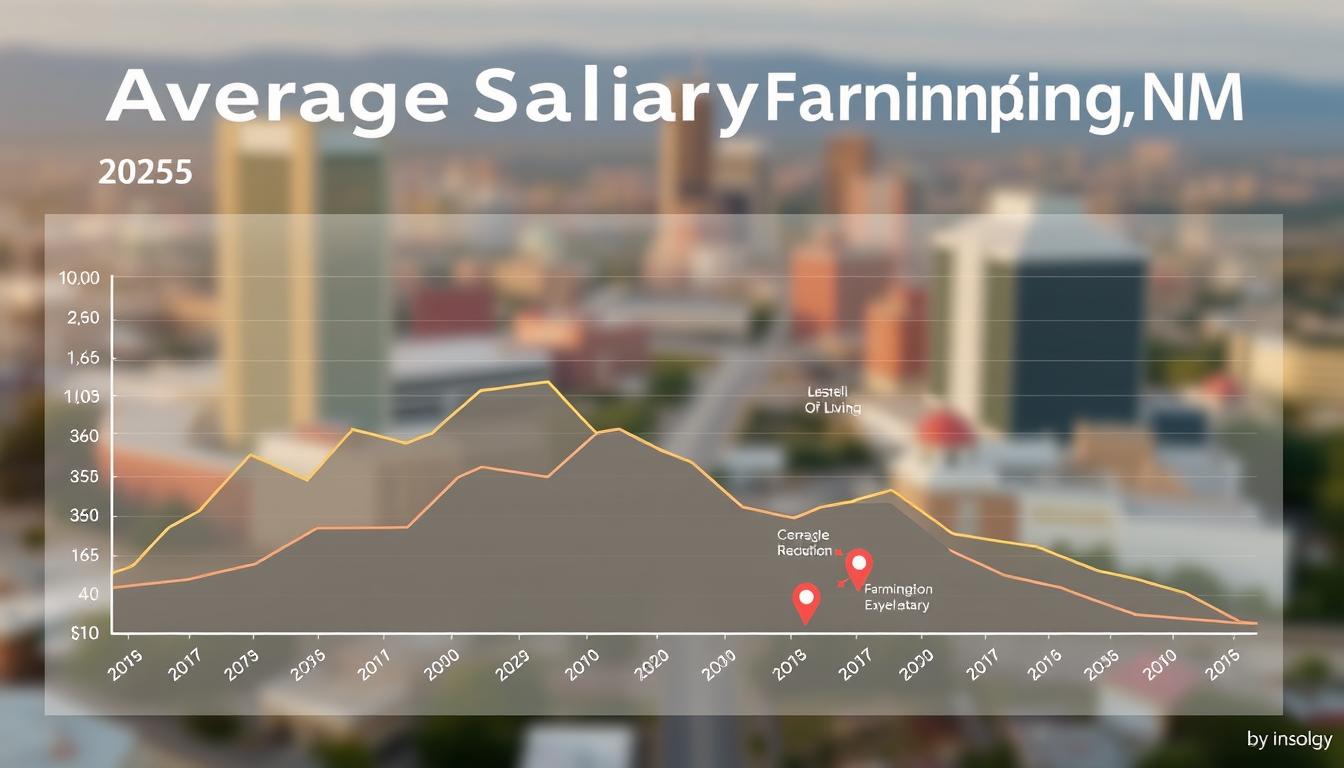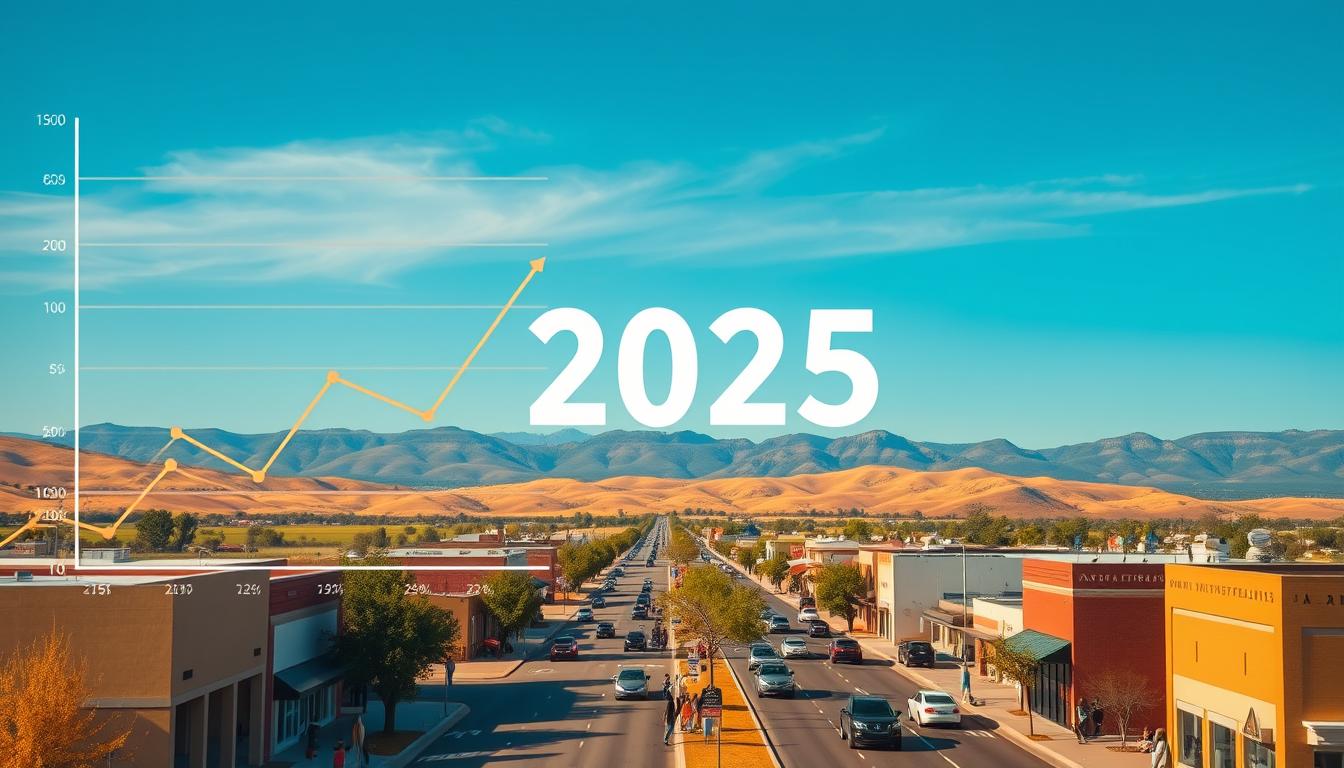By 2025, 82% of hiring managers will use AI tools to screen resumes first – but only 11% of applicants currently optimize their materials for automated systems. This gap creates a critical opportunity for candidates who understand modern hiring dynamics. Research analysts now shape decisions in finance, healthcare, technology, and even aviation by translating raw data into actionable strategies.
The role demands more than number-crunching. Today’s analysts decode consumer psychology, predict market shifts, and guide billion-dollar investments. With salaries ranging from $56,893 to $78,332 across specializations, professionals need industry-specific strategies to stand out in this evolving field.
RoboApply’s AI-powered toolkit helps candidates navigate these challenges. The platform’s ATS Optimizer ensures resumes pass automated screenings, while the Interview Coach prepares users for behavioral questions about data interpretation and trend analysis. You’ll find ready-to-use templates for financial modeling reports and market research summaries in our research skills guide.
Key Takeaways
- Salaries vary significantly by industry, with tech-sector analysts earning 23% above average
- 91% of employers prioritize candidates with Python or R programming skills
- Automated application tools boost interview rates by 40% compared to manual submissions
- Healthcare and renewable energy sectors show the fastest analyst job growth
- Soft skills like storytelling with data now rival technical abilities in hiring decisions
Overview of the Research Analyst Role
Modern organizations rely on professionals who transform complex datasets into clear strategic roadmaps. As a research analyst, you’ll bridge gaps between raw numbers and business decisions through systematic data collection and pattern recognition. Your daily workflow involves mining financial records, customer surveys, and specialized databases to uncover hidden opportunities.
- Designing research frameworks with cross-department teams
- Applying statistical models using tools like Python or SQL
- Translating technical findings into executive briefings
You’ll partner with master data teams to establish tracking metrics and validate sources. This collaboration ensures your analysis aligns with organizational objectives across finance, operations, and marketing divisions.
Your reports become decision-making fuel for stakeholders. One week might involve predicting consumer behavior shifts through sentiment analysis. The next could focus on cost-reduction strategies using supply chain metrics. Successful candidates master both spreadsheet modeling and visual storytelling.
Continuous skill development remains crucial. Emerging sectors like healthcare analytics require understanding EHR systems, while renewable energy roles demand familiarity with sustainability metrics. Tools in our interview preparation guide help you demonstrate this adaptive expertise during hiring processes.
The Evolving Research Analyst Job Market in 2025
Digital transformation reshapes career landscapes, with data interpretation becoming the new literacy. Organizations now generate 2.5 quintillion bytes daily – but need skilled professionals to turn this avalanche into strategic gold. Market research analyst roles will grow 18% through 2029, nearly triple the national average.

Industry Trends and Growth Projections
Healthcare leads sector growth, needing specialists to analyze patient outcomes and hospital efficiency. Tech firms seek talent for competitive intelligence roles, while financial institutions prioritize risk assessment experts. The market research career paths now include niche areas like climate analytics and AI ethics oversight.
Demand Across Sectors
You’ll find opportunities in unexpected places. Aviation companies hire analysts to optimize fuel usage, while retailers use sentiment tracking to predict buying patterns. Government agencies need professionals fluent in policy impact metrics – 43% of public sector job postings now require data storytelling skills.
Entry barriers continue lowering. With most positions requiring under four years’ experience, career changers can transition using transferable skills. Our cross-industry preparation toolkit helps bridge knowledge gaps for these high-demand roles.
Crafting a Standout Resume for a Research Analyst Career
Your resume serves as your first analytical report to employers – a concise demonstration of how you translate raw qualifications into business value. Start by aligning your document with industry-specific requirements, using tools like RoboApply’s resume builder to ensure keyword optimization for automated screenings.
Tailoring Your Resume to the Role
Lead with education credentials matching employer priorities: 70% of analysts hold degrees in business or economics. List coursework like econometrics or statistical modeling if you’re early-career. For technical skills, lead with Excel (63% of job posts require it) before adding Python or SQL. Example:
“Advanced Excel: Built predictive models using pivot tables/VBA macros”
Highlighting Relevant Experience
Frame past roles through an analytical lens. Instead of “Conducted market research,” write “Analyzed 50K+ consumer data points to identify 3 untapped markets, generating $2.1M pipeline.” Include metrics in 80% of bullet points to showcase impact.
Demonstrate industry knowledge by mentioning sector-specific tools: Bloomberg Terminal for finance roles, EHR systems for healthcare positions. For project management, highlight timelines and team sizes: “Led 4-person team delivering supply chain analysis report 2 weeks ahead of deadline.”
Leveraging RoboApply Tools for Resume Optimization

Success in today’s job market requires more than qualifications—it demands precision in how you present them. RoboApply’s integrated platform transforms application materials into strategic assets that meet modern hiring standards. These solutions address the 67% of candidates who struggle with ATS compatibility while maintaining authentic self-presentation.
Using AI Resume and Cover Letter Builder
The AI Resume Builder crafts documents that balance technical accuracy with narrative flow. It scans job descriptions to prioritize sector-specific keywords like regression analysis or data visualization. Users receive real-time feedback on metrics alignment, ensuring bullet points mirror employer priorities.
Cover letters become competitive advantages through personalized content generation. The tool cross-references your experience with role requirements, emphasizing transferable skills for college graduates transitioning into analytical roles. Grammar Checker eliminates formatting inconsistencies that 82% of hiring managers consider dealbreakers.
Automation streamlines the entire process. The Chrome Extension submits applications while tracking response rates through centralized dashboards. Outreach CRM helps build connections with industry professionals, turning cold contacts into warm leads. Combined with Interview Coach’s scenario-based practice sessions, you’ll demonstrate both technical mastery and communication finesse.
Essential Skills and Educational Requirements
Employers seek candidates who blend academic rigor with technical mastery. Your foundation begins with structured learning but evolves through applied problem-solving. Let’s break down the core competencies that turn data into strategic influence.
Technical and Analytical Skills
Master statistical software like SPSS or R to process complex datasets. These tools help identify trends in consumer behavior and market fluctuations. SQL proficiency becomes vital when extracting insights from databases spanning millions of records.
Develop financial modeling expertise to predict revenue streams and assess risks. Pair this with data visualization skills using Tableau or Power BI. Clear charts and dashboards make your findings actionable for executives.
Strengthen both quantitative and qualitative methods. Design surveys that capture customer sentiment while analyzing numerical metrics. This dual approach reveals hidden patterns competitors might miss.
Educational Qualifications and Certifications
A bachelor’s degree in economics or mathematics remains the baseline. Top firms increasingly prefer master’s credentials for senior roles. Coursework should emphasize econometrics, forecasting, and industry analysis techniques.
Certifications validate specialized knowledge. Consider CFA for finance-focused positions or Google Data Analytics for tech roles. Continuous learning keeps you current with tools like Python’s matplotlib library.
Showcase these competencies strategically. Our financial analyst resume examples demonstrate how to highlight technical abilities while maintaining readability. Balance software expertise with business acumen – understand how market forces shape your analyses.
Gaining Practical Experience and Certifications

Career acceleration in this field hinges on merging hands-on practice with targeted credentials. Start building expertise early through internships at financial institutions or tech firms – 78% of employers view these roles as critical for mastering data cleaning and trend analysis. Pair this with entry-level positions like junior analyst roles to develop sector-specific methodologies.
The Chartered Financial Analyst (CFA) certification remains a gold standard for finance-focused professionals. Candidates with this credential earn 19% higher starting salaries and qualify for senior roles faster. Complement it with technical certifications like Tableau Desktop Specialist or SAS Base Programmer to validate your tool proficiency.
Three strategies create competitive advantages:
- Complete freelance projects analyzing market trends for local businesses
- Volunteer with nonprofits to conduct impact studies using real datasets
- Pursue industry-recognized certifications in emerging areas like AI-driven analytics
Healthcare and tech sectors reward specialists with niche credentials. Consider certificates in clinical data management or cloud analytics to access high-growth opportunities. Part-time consulting gigs let you apply academic knowledge while expanding your professional network.
Stay ahead by mastering tools like Power BI through Microsoft’s certification programs. These credentials demonstrate your ability to transform raw numbers into boardroom-ready visualizations. With most roles requiring under four years’ experience, strategic skill-building quickly positions you for promotions.
Building a Portfolio to Showcase Your Analysis Prowess
Your analytical capabilities shine brightest through tangible evidence of problem-solving. A strategic portfolio demonstrates your ability to transform raw information into business solutions – the ultimate proof employers seek.
Demonstrating End-to-End Projects
Select 3-5 data-driven initiatives showing your full workflow. Include consumer behavior analysis using social media APIs or supply chain optimization models with Excel. For each project:
• Outline objectives and data sources (surveys, public datasets, CRM systems)
• Detail cleaning processes – 87% of hiring managers prioritize error-checking skills
• Present insights through interactive dashboards using Tableau
Include before-and-after snapshots of datasets to highlight your refinement techniques. Pair statistical findings with visual storytelling – overlaying geospatial trends on maps often clarifies complex patterns.
Diversify your samples. Combine financial forecasts with healthcare outcome predictions to show adaptability. This step-by-step portfolio builder guide helps structure projects for maximum impact.
Update quarterly with new tools and methodologies. Recent graduates can feature academic research using Python’s Pandas library. Seasoned professionals should spotlight cross-department collaborations documented in executive-ready data presentation templates.
Your portfolio becomes a career accelerator when it answers one question conclusively: How do you turn numbers into narratives that drive decisions?
FAQ
What does a research analyst do daily?
Research analysts collect and interpret data, create reports on market trends, and provide actionable insights. Daily tasks include statistical analysis, data visualization, and presenting findings to stakeholders using tools like Excel, Python, or Tableau.
Which industries will have the most demand for analysts in 2025?
Healthcare, fintech, and sustainability sectors are projected to see high growth. Roles in market research, business intelligence, and data science will prioritize candidates with expertise in AI-driven analytics and industry-specific certifications.
How should I customize my resume for a research analyst role?
Highlight technical skills like SQL or Power BI in a dedicated section. Quantify achievements, such as “Improved data accuracy by 30% using Python scripts.” Use keywords from job descriptions, like “predictive modeling” or “data-driven decision-making.”
Can AI tools like RoboApply improve my job application?
Yes. Platforms like RoboApply optimize resumes by aligning them with job requirements using AI analysis. They also generate tailored cover letters and identify skill gaps, increasing visibility to applicant tracking systems (ATS).
What technical skills are essential for modern research analysts?
Proficiency in data analysis tools (R, SAS), visualization software (Tableau, Power BI), and programming languages (Python, SQL) is critical. Familiarity with machine learning frameworks and cloud platforms like AWS adds a competitive edge.
Do I need a master’s degree to become a senior research analyst?
While a master’s in data science or finance accelerates career growth, certifications like CFA or Coursera’s Google Data Analytics Professional Certificate can suffice. Employers increasingly value hands-on experience and specialized training.
How can I build experience without prior analyst roles?
Complete internships, freelance projects, or open-source contributions. Platforms like Kaggle offer real-world datasets for practice. Highlight academic projects or volunteer work involving data collection or statistical analysis.
What should I include in my research analyst portfolio?
Showcase case studies with clear problem-solving approaches, visual dashboards, and measurable outcomes. Include sample reports, code snippets from GitHub, and testimonials from internships or collaborative projects.


















